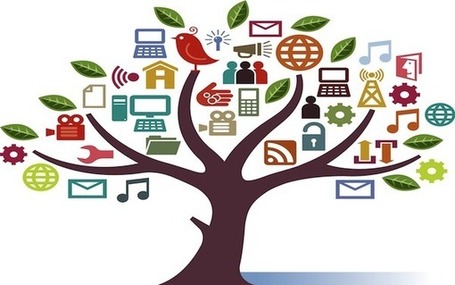LEARNING NETWORK:
is an Expansion of education over the Internet/web along with an Intensive use in organizational communication for Personal and organizational web pages. the reasons are to:
—- Connecting people in workplaces and educational institutions
- —Supplement for other communication channels
—- Support for diverse interpersonal and group interactions and activities
- —Development of online relationships
COMMUNICATION SKILLS:
in being a good communicator, u have to practice these skills:
—- Understand the communication process
- —Appreciate the strengths and weaknesses of different methods of communication
- —Recognize which communication method to use in a range of work situation
- —Describe the key stages in the communications process
HOW TO BE AN EFFECTIVE TEAM PLAYER:
1) Demonstrates reliability
2) Communicates constructively
3) Listens actively
4) Functions as an active participant
5) Shares openly and willingly:
6) Exhibits flexibility
7) Works as a problem-solver
8) Treats others in a respectful and supportive manner
9) Shows commitment to Forum (Group)



